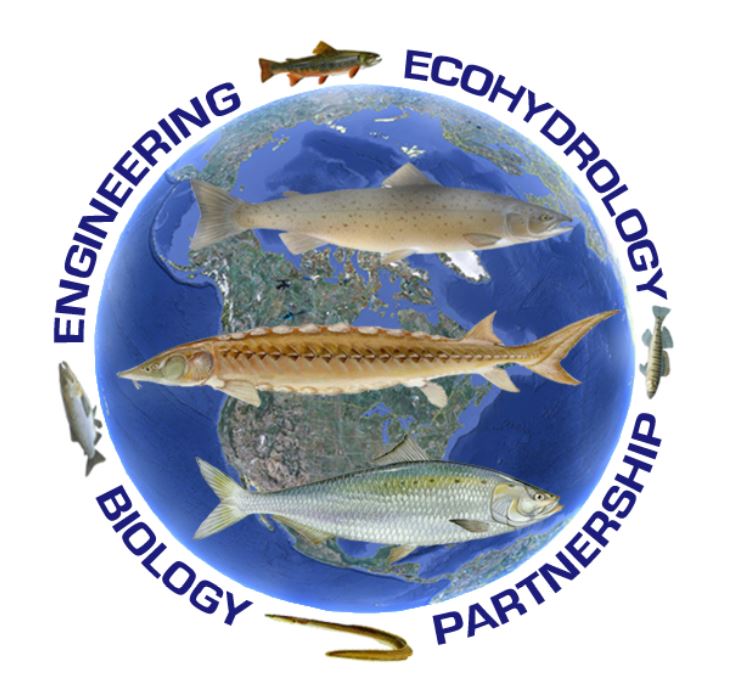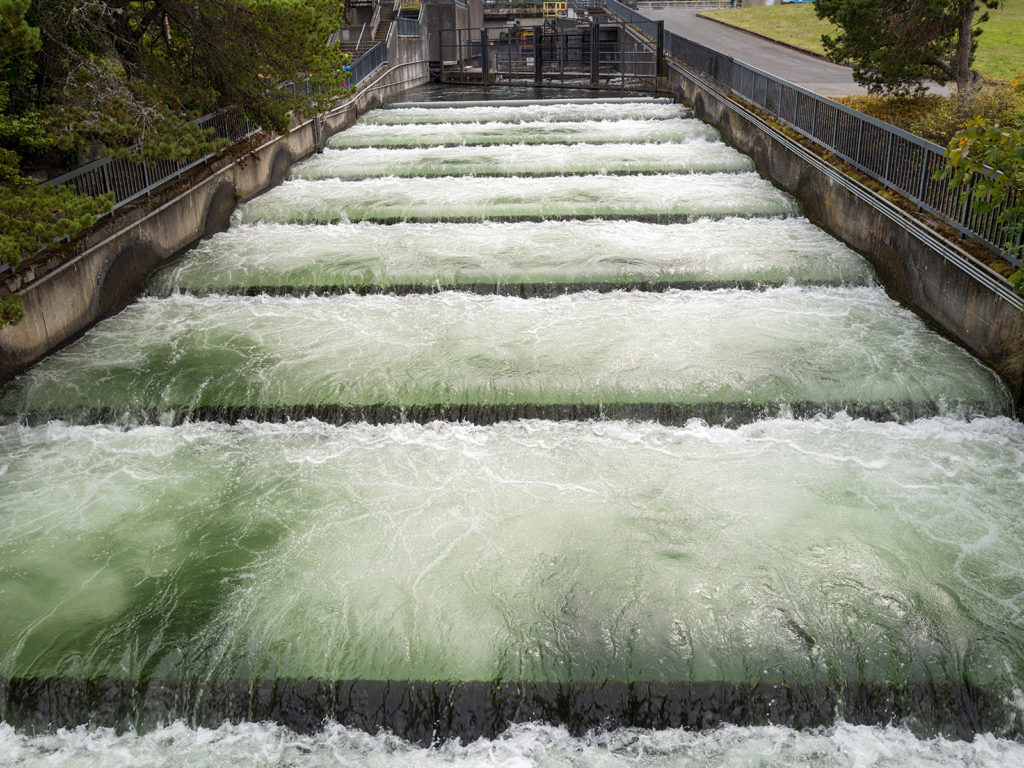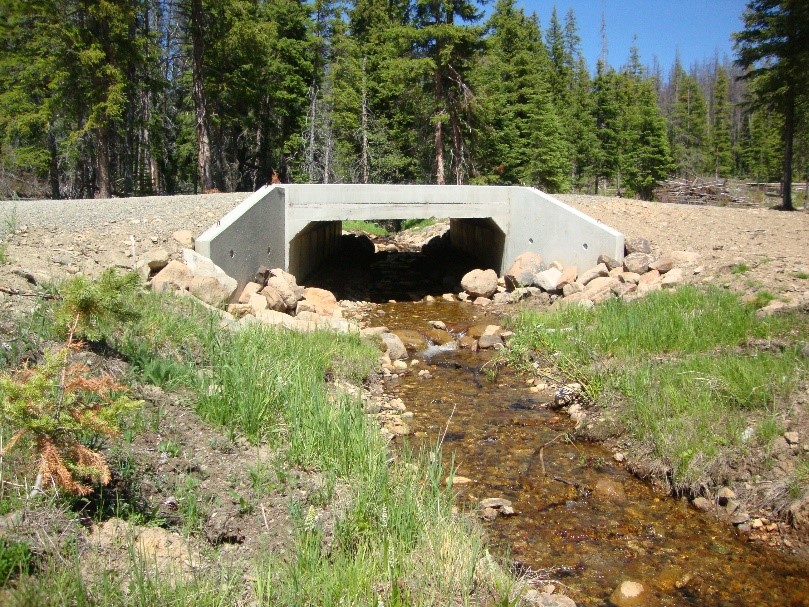Have you ever wondered about the importance of fish passage in our waterways? Fish passage, also known as aquatic organism passage, is crucial for the movement of fish and other organisms within and between bodies of water. It allows them to forage, reproduce, and seek safety from predators and extreme conditions. But barriers such as dams, road crossings, and water diversions can prevent this natural movement. In this article, we will delve into the benefits of fish passage and how it improves ecosystem resilience and human safety.
Fish passage is not only essential for fish, but also for other aquatic organisms such as mussels, turtles, crayfish, and aquatic insects. They too need to move within and between aquatic systems for survival. That’s why it is important to remove or modify these barriers to allow for natural movement through and between bodies of water. This can be achieved through dam removal, road removal, culvert and tide gate enlargement, and the installation of fish ladders or fish lifts.
The benefits of improving fish passage go beyond just the organisms themselves. By removing barriers, we reduce the risk of barrier failure and restore natural water flows. This not only improves the overall health of the ecosystem but also enhances boating opportunities and fishing experiences. Additionally, increasing populations of wildlife that rely on fish for food create a more balanced and thriving ecosystem. If you want to learn more about fish passage, you can attend webinars, participate in conferences, and access relevant citations and presentations. Stay tuned for more information in our upcoming articles! The importance of fish passage cannot be overstated. It plays a vital role in the survival and well-being of fish and other organisms that depend on aquatic systems. Fish passage enables fish to forage, reproduce, and find safety from predators and harsh environmental conditions. Additionally, it allows other organisms such as mussels, turtles, crayfish, and aquatic insects to move within and between waterways.
However, various barriers can hinder the natural movement of fish and other organisms. Dams are one such barrier that obstructs the continuous flow of water and prevents fish from accessing their required habitats. Road crossings can also pose challenges by impeding the movement of fish and other organisms between different water bodies. Water diversions can further disrupt the natural flow of water, creating obstacles for aquatic organisms. These barriers not only limit the movement of fish but also have negative effects on the overall ecosystem.
Aquatic organism passage aims to address these barriers and restore the natural flow of water. One solution is the removal of dams, which allows for unobstructed movement of fish and promotes their access to various habitats. Road removal can also improve fish passage by eliminating the physical barriers that hinder movement between water bodies. Additionally, the enlargement of culverts and tide gates can enable a more natural flow of water, facilitating fish passage.
Fish ladders and fish lifts are other effective solutions for fish passage. These structures are designed to help fish overcome barriers such as dams and waterfalls by providing a series of ascending steps or lifts. This allows fish to navigate through the barrier and reach their desired habitats. Implementing these solutions not only benefits fish but also has positive impacts on the ecosystem as a whole.
By removing barriers to fish passage, the risk of barrier failure is significantly reduced. Dams are prone to aging and deterioration, and their failure can have drastic consequences, including flooding and damage to infrastructure. Restoring natural water flows through barrier removal helps to mitigate these risks and ensures the safety of surrounding communities.
Restoring fish passage also improves safety and recreation opportunities for humans. By enhancing boating opportunities and allowing for more natural water flows, barrier removal creates a safer and more enjoyable environment for activities such as kayaking, canoeing, and fishing. Moreover, the presence of healthy fish populations attracts other wildlife species that rely on fish as a food source. This, in turn, enhances biodiversity and enriches the overall ecosystem.
The restoration of fish passage contributes to the resilience of the ecosystem, particularly in the face of climate change. By allowing fish and other organisms to move freely, habitats become more connected, enabling species communities to adapt and thrive. This enhanced resilience is crucial for the long-term survival of aquatic ecosystems and the species that depend on them.
Fish passage also has significant implications for human safety. By removing barriers and restoring natural water flows, the risk of flooding and dam failures is reduced. This is especially important in areas prone to heavy rainfall or regions with aging infrastructure. Ensuring safe passage for humans is an essential aspect of fish passage efforts and contributes to the overall well-being of communities.
To learn more about fish passage and its benefits, there are various educational resources available. Webinars and conferences provide opportunities to gain in-depth knowledge and insights from experts in the field. These platforms also offer access to relevant citations and presentations, allowing individuals to delve deeper into the subject matter.
Cooperative restoration work is essential for the success of fish passage projects. Collaboration with transportation agencies and landowners is crucial to address barriers effectively. Involving a wide range of interest groups, including environmental organizations and local communities, ensures that the restoration efforts align with the needs and concerns of all stakeholders. By working together, these groups can collectively contribute to the success of fish passage initiatives.
Numerous case studies and success stories highlight the positive impacts of fish passage projects. These examples showcase how barrier removal can lead to the restoration of ecosystems and improve human safety. Fish passage initiatives have shown impressive results, with increased fish populations and the recovery of endangered species. These success stories serve as inspiration and encourage continued efforts in fish passage restoration.
In conclusion, the benefits of fish passage extend far beyond fish populations. By allowing for the movement of fish and other organisms, aquatic systems are restored to their natural state, promoting ecosystem resilience. Barrier removal not only reduces the risk of barrier failure but also restores natural water flows, enhances safety and recreation opportunities, and improves fishing and wildlife populations. Continued efforts in fish passage restoration are crucial to realizing its full potential and ensuring the sustainability of aquatic ecosystems.




